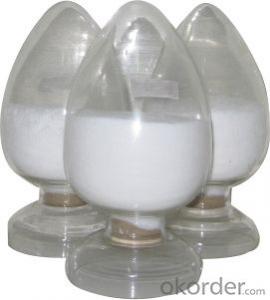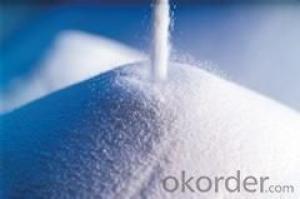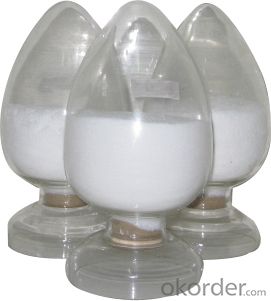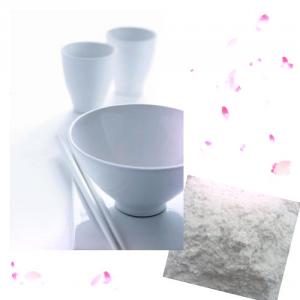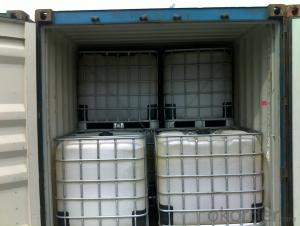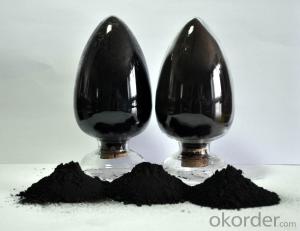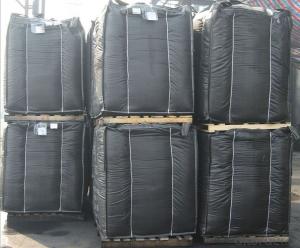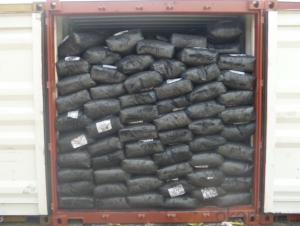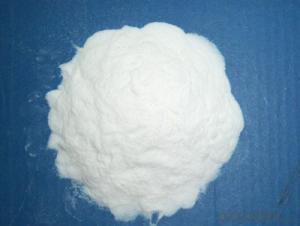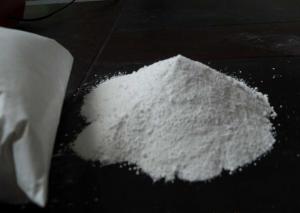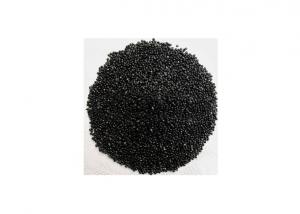Carbon Black Precipitated Silica
- Loading Port:
- Tianjin
- Payment Terms:
- TT OR LC
- Min Order Qty:
- -
- Supply Capability:
- 10000MT m.t./month
OKorder Service Pledge
OKorder Financial Service
You Might Also Like
Precipitated Silica
Product Description:
Precipitated Silica
1.Used in tires, tire body, with beam layer and sidewall rubber and rubber products,Shoes Etc.
2.Product Status:White powder
Suggest for Use:
(1) M160 Used in tires, tire body, with beam layer and sidewall rubber and rubber products.For strengthening filler in rubber, rubber formula provides high hardness, high breaking strength, high tear strength and high wear resistance, improve the rubber and steel cord bonding strength. Improve the durability of the rubber, to improve flexible and shock resistance, resistance to improve tractional snow tires on the road, improve the tire all-weather performance.
(2) M170 Used in tires, rubber products and sole material.For strengthening filler in rubber, rubber formula provides high hardness, high breaking strength, high tear strength and high wear resistance, and resistance to aging performance.
(3) M180 Used in shoe materials, rubber products. For strengthening filler in rubber, in color rubber products, instead of reinforcing carbon black, meet the needs of white or translucent product, it has strong bonding strength, tear resistance and heat-resistant anti-aging performance.
TDS of the Precipitated Silica Standard: GB3778-2003
Product Varieties | M160 | M170 | M180 |
Nsa Surface Area(m2/kg) | 160+15 | 170+15 | 180+15 |
Silica Content% | 93 | 93 | 93 |
Color | Better than Standard samples | ||
45um sieve residue | 0.5 | 0.5 | 0.5 |
Heatloss(%) | 5.5±1.0 | 5.5±1.5 | 5.7±1.0 |
LOI % | 6.0 | 6.0 | 6.0 |
PH Value | 6.7±0.3 | 6.2±0.5 | 6.7±0.3 |
DBP absorption Value (10-5m2/kg) | 2.20±0.10 | 2.55±0.10 | 2.20±0.10 |
Conductivity us/cm | 900 | 900 | 900 |
Cu mg/kg | 30 | ||
Mn mg/kg | 50 | ||
Fe mg/kg | 1000 | ||
Safety:
As a matter of good industrial hygiene, gloves and safety glasses with side shields or better eye protection should be worn when handing Carbon Black ,For more information, refer to the MSDS.

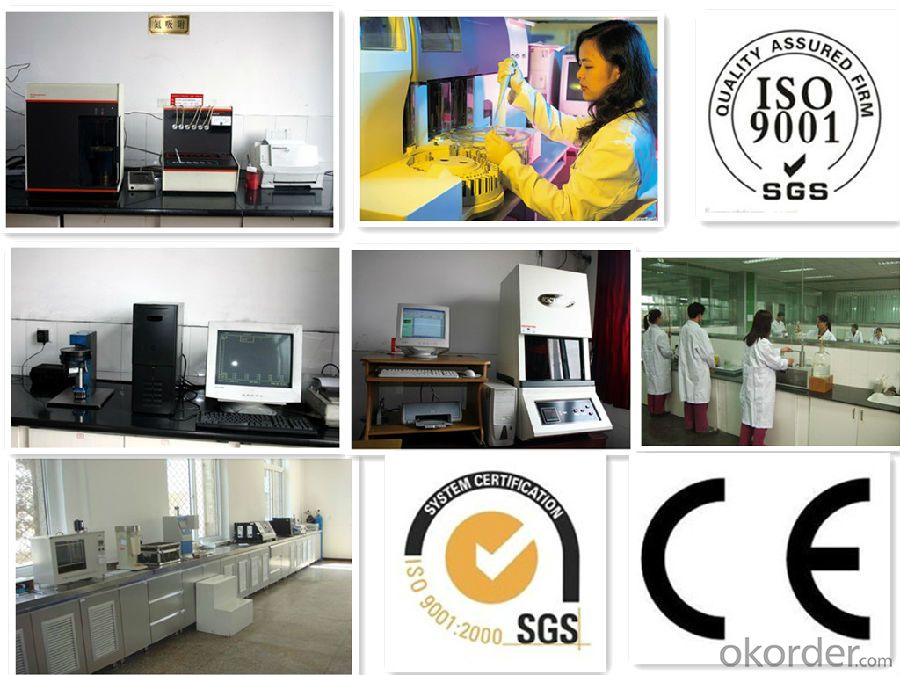
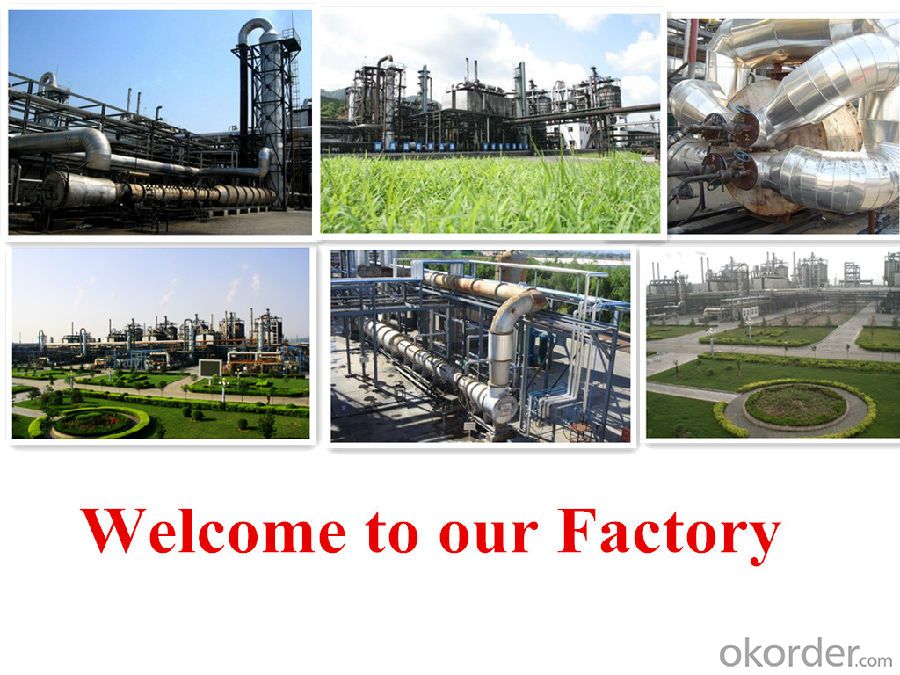
- Q: What are the pharmaceutical manufacturing companies now using PT / AL_203 catalysts?
- I have a friend working in Hunan, inquire, as if the piece of PT has the most advanced equipment ,,, you can hit 114 inquiries ~!
- Q: The "one-to-two change" of the catalyst is that the quality and chemical properties of the reactants are constant or the quality and chemical properties of the catalyst are constant?
- The morphology of the catalyst may change before and after the chemical reaction, but the quality and chemical properties of the chemical reaction do not change before and after the chemical reaction. It is noteworthy that this does not mean that the catalyst is not involved in chemical reactions. Some chemical catalysts are involved in chemical reactions, but in the form of intermediates, consume a certain amount of catalyst in a chemical reaction, but in the subsequent chemical reactions, the same quality of the catalyst will be produced. On the whole, the quality of the catalyst before and after the chemical reaction is not changed.
- Q: What is a catalyst?
- The catalyst itself reduces the energy barrier (Ea, activation energy) of the chemical reaction, making the reaction easier.
- Q: The quality and nature of the catalyst before and after the chemical reaction did not change this sentence wrong? Why did the "middle school student study" say it was wrong?
- The quality and nature of the catalyst are not changed before and after the chemical reaction ... 7604
- Q: What is the standard for the storage of flammable and explosive chemicals now?
- First, the basic requirements of classification of storage Dangerous goods, variety, complex performance, storage, in accordance with the zoning, classification, sub-section of the principle of special storage, set the number, set the number of fixed warehouses, fixed staff (four) custody. Small warehouses should be classified, divided, sub-stack storage, the performance of each other, fire fighting different items, dangerous dangerous goods and other general dangerous goods, should be stored separately.
- Q: Chemical master invited (about catalyst)
- From the thermodynamics can be reaction, and the three formulas can be added to eliminate the intermediate product, indicating that the reaction may occur. The definition of the catalyst is not complete. I am a junior undergraduate student of Jilin University School of Chemistry, according to the definition of the catalyst in the university textbook, the catalyst itself reacts with the reactants to produce unstable intermediates. After the reaction is finished, the intermediate product is explained and the catalyst is reduced. Apparently did not participate in the reaction. So the catalyst to change the course of the reaction, the original reactants to go through a relatively high energy to produce products, there will be a catalyst after a few relatively low energy barrier, so much easier, the reaction rate is greatly accelerated The It can be seen, the catalyst is not no response, but only after the completion of the reaction to restore it. It can also be seen that the amount of catalyst does not matter, and some reactions require the amount of catalyst to be approximately equal to the amount of reactants. Waiting for you to high school and university to further study on this issue will have a more clear understanding of the.
- Q: Several experiments were carried out using catalysts
- Hydrogen peroxide in the manganese dioxide as a catalyst for decomposition reaction: 2H2O2 == MnO2 == 2H2O + O2 ↑ (laboratory oxygen principle)
- Q: I know that a species that does not appear in the chemical equation may also affect the rate of a reaction - e.g. a catalyst. But does that mean the catalyst can be present in the rate equation, and if so are catalysts always present in the rate equation?
- Yes, a catalyst can be included in a rate law. That's because, most reactions occur in a series of step and the rate is based on the rate determining step, which is the slowest step. A catalyst may be a reactant in the rate determining step, and a product in a subsequent step. Therefore, the catalyst is not included in the overall reaction. But a catalyst need not always be in the rate law. The rate law is usually based on the rate determining step. ========== Follow up =========== In the free response questions on the AP chemistry exam there has been at least one case where a rate law included a catalyst( 2002D). Brown and LeMay always include at least one in their examples, and I always cover this situation when I teach rate laws and mechanisms in AP chemistry. Here is one comment: Other examples of species not in the balanced reaction occurring in the rate law would include catalysis, where a catalyst does not normally appear in the balanced reaction but does appear in the rate law. www.chem.arizona.edu/~salzmanr/48... Consider this generalized reaction which is catalyzed by M A + B --C A + M --Q ... slow Q + B --C ... fast M is the catalyst, and Q is the intermediate. The slow, or rate determining step, depends only on the concentrations of A and M, the catalyst. So even though the overall reaction does not include, M, the rate law does. Rate = k[A][M]
- Q: I need to name 3everyday catalysts for my chemistry homework. I don't want anything complicated there must just be 3 easy ones out there... Then could you please state what each one is used for? Please do it like this, e.g.Hello ; used to say hi to someone. I know that's a bad example but please!!
- Hello ; Chemical catalysts are substances that increase the rate of reaction (while remaining themselves chemically unchanged: Polyethylene, the polymer used to make everything from: 1. garbage bags and 2. grocery bags, to 3. squeezable bottles, to 4. cable insulation, is made by passing ethylene gas over a catalyst. Most other polymers are made in the same (or similar) way. Synthetic rubber, nylon, polyester, PVC, teflon, etc. It's not hard to think of 10 uses for these catalyst-produced materials alone... e.g. : 5. rain coats 6. pantyhose 7. water pipes 8. bouncy balls 9. non-stick surfaces and pads 10. saran wrap 11. food containers 12. cell-phone and laptop cases 13. cheap wigs 14. fishing line... 15. Enzymes are Biological catalysts: 16. beer and 17. bread are typically made with yeast, a living organism containing enzymes I hope this helps!
- Q: Is there a catalyst in the chemical shop?
- If it is manganese dioxide what is sold because it is not dangerous not expensive
Send your message to us
Carbon Black Precipitated Silica
- Loading Port:
- Tianjin
- Payment Terms:
- TT OR LC
- Min Order Qty:
- -
- Supply Capability:
- 10000MT m.t./month
OKorder Service Pledge
OKorder Financial Service
Similar products
Hot products
Hot Searches
Related keywords
